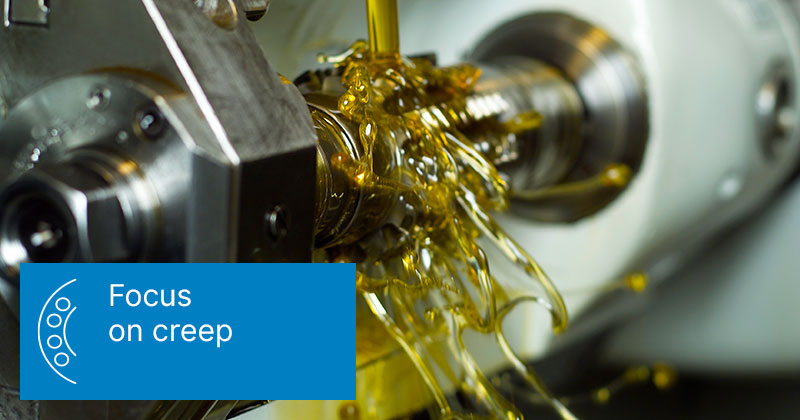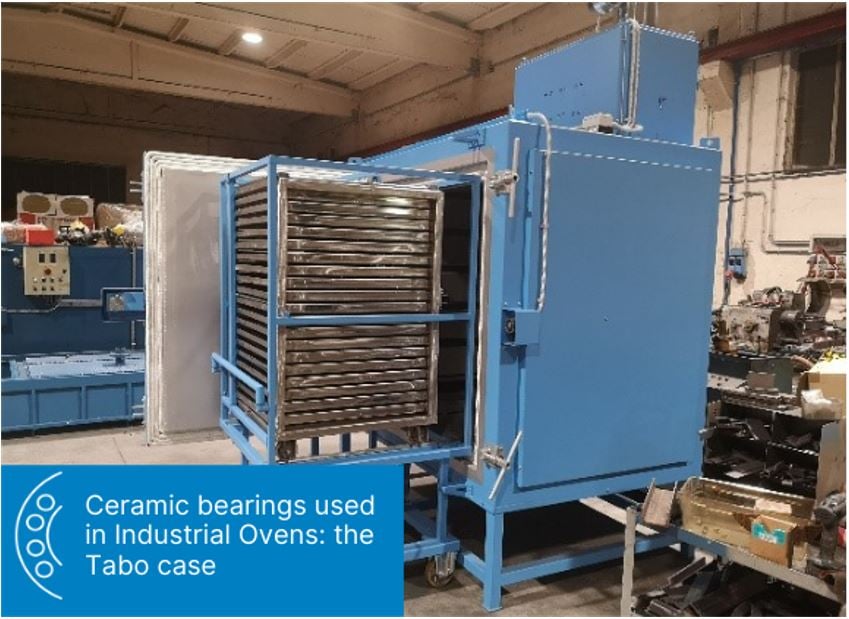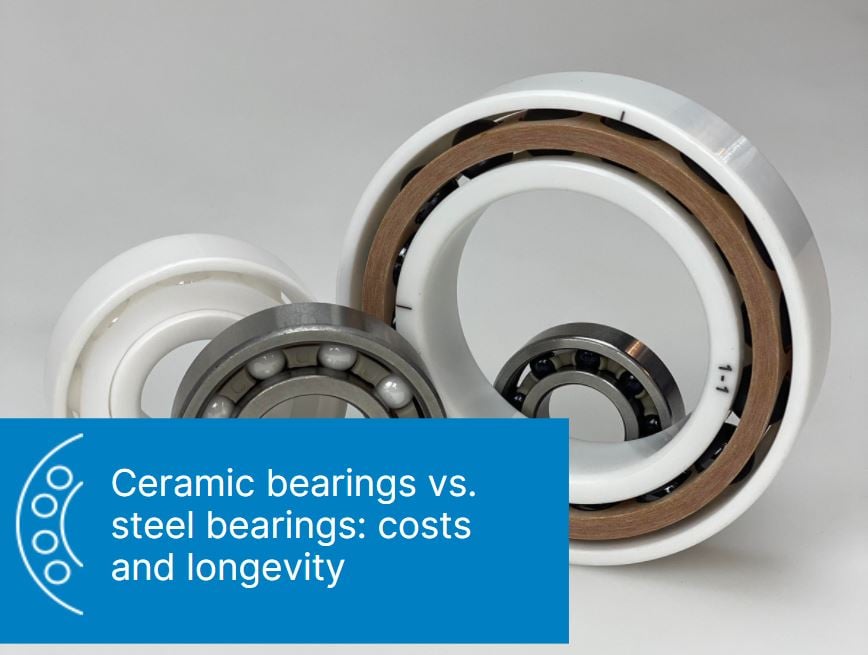
The selection of the type of rolling bearing to be used in a machine or plant requires a careful analysis of parameters, such as static and dynamic load capacities of the bearing. Hover, too often a fundamental aspect for the correct functioning of the bearing is neglected, namely lubrication.
Bearings are used to provide guidance and support for rotary motion. They consist of:
- inner ring
- outer ring
- rolling elements: balls, rollers, cylindrical rollers, barrel rollers, conical rollers
- cage: used to guide the motion of the rolling elements and may not be present in some special bearings;
- gaskets (they may also not be present, in which case the bearing is called open; if they are present, they can be of the RS type, i.e. sliding in rubber material - NBR, Teflon, silicone, for example - or of type Z, i.e. not sliding strips made mainly of steel).
If a bearing is observed while rotating, the impression is that the rolling elements have only rotary motion; actually, together with rolling, there is also an important sliding component.
From a theoretical point of view, the contact between the rolling element and the track should be a point, if the rolling element is a sphere, or a line if the rolling element is a roller. This behavior is valid only if we consider the bodies in contact to be infinitely rigid. In reality, having to consider the deformability of the bodies, the contact is not a point or a line but a surface. This concept can be explained with an example: if we take a rubber ball and place it on the table we can imagine that the contact between the ball and the table is a point, but if we press the ball even slightly on the table, the ball is deformed and contact is no longer a point but a surface. This surface is larger the more deformable the ball and table are and the greater the force with which we crush the ball on the table. The same happens in the contact between the rolling element and the raceway. In the case of a sphere, the contact surface is an ellipse with the semi-major axis along the direction of motion. The perfectly rotary motion occurs only along the semi-major axis, in the rest of the contact ellipse there is a sliding motion which is greater the further away from this semi-axis.
When the surfaces of the rolling body and the track slide on each other, two very important and dangerous effects are observed:
- mechanical abrasion
- temperature rise
Mechanical abrasion occurs because the surfaces in contact have their own roughness and when they rub against each other, a sort of "grater effect" is created. Abrasion, therefore, is dangerous for the following reasons:
- tears off steel particles from the track and / or the rolling element that can be interposed between the two moving bodies, increasing the "grater effect"
- changes the geometry of the tracks and rolling elements (causing, among other things, an increase in clearance, a variation in the load capacity of the bearing, an increase of the noise, an increase in vibrations)
- creates initiation of fatigue cracks in the steel that lead to bearing failure.
The rise in temperature due to sliding further complicates the situation. In fact, the bearing steel must be hardened to ensure the right level of hardness. As the temperature rises, a so-called stress relieving phenomenon occurs which reduces the hardness of the steel and therefore makes abrasion even easier.
Therefore, it becomes essential to keep abrasion and temperature rise under control.
The main purpose of lubrication is just that. The lubricant layer, in fact, which is interposed between the rolling element and the raceway avoids direct contact between them, thus avoiding abrasion and helping heat dissipation while maintaining the bearing temperature within acceptable limits. The lubricant, however, has its own shelf life. In fact, by executing its function, the lubricant degrades and must therefore be periodically restored. For a steel bearing, therefore, it is of absolute and fundamental importance to choose the right lubricant and to follow the correct maintenance operations.
Want to know more about bearing lubrication? Contact our bearing experts!








